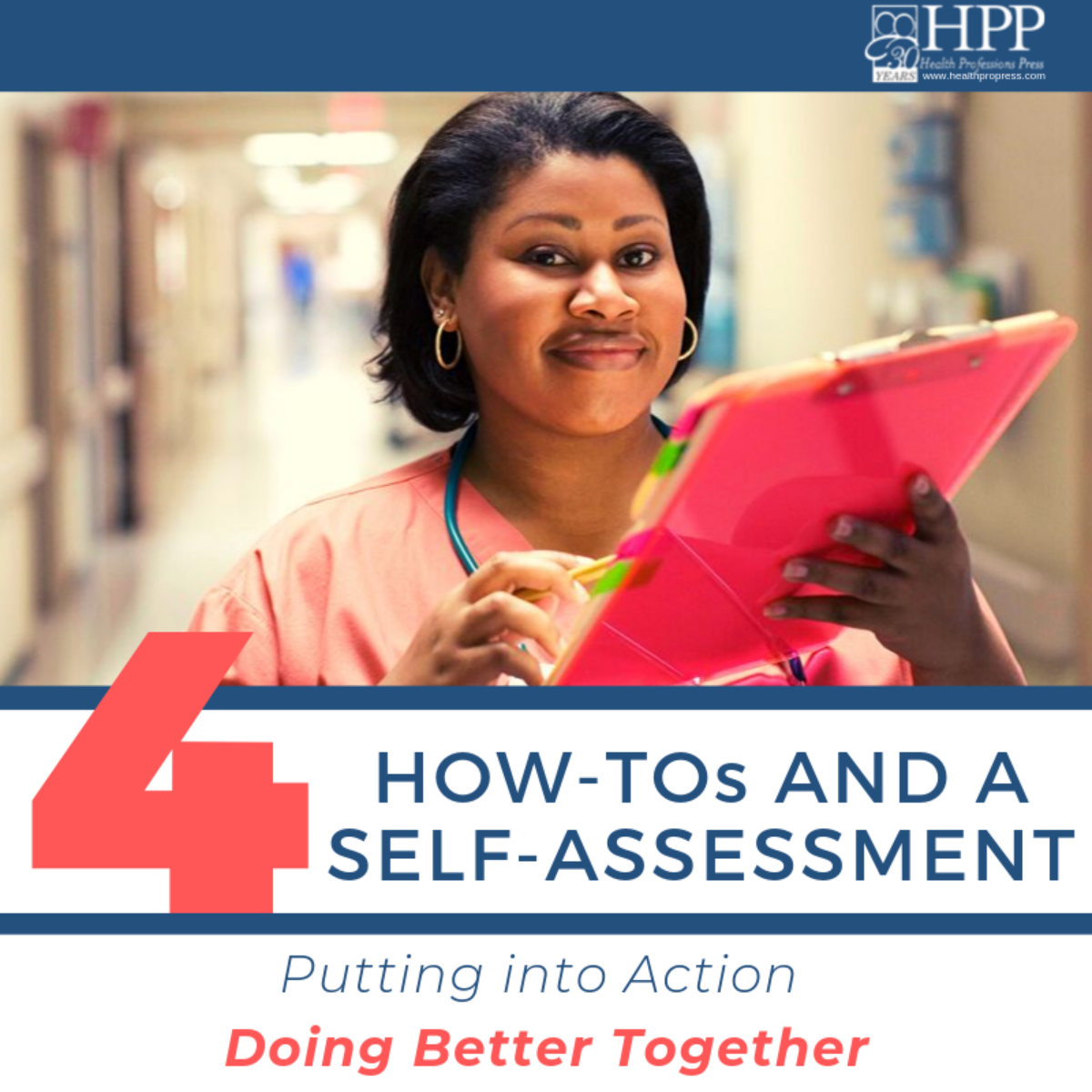
Putting into Action Doing Better Together: Four How-Tos and a Self-Assessment
The blueprint for performance-based outcomes, A Long-Term Care Leader’s Guide to High Performance comes with a downloadable resource that shares how-to guides for four key areas in “attaining or maintaining the highest practicable physical, mental, and psychosocial well-being” of your residents:
- Three Steps to Transforming the Medication Pass: Individualizing Care and Managing Workflow
- Rethinking the Use of Position-Change Alarms
- Eliminating Off-Label Use of Antipsychotics: A 10-Step Guide for Nursing Homes
- MUSIC & MEMORY℠: Implementation Steps to Maximize Benefits: A Nursing Home Leader’s Guide
These are all win-win changes that benefit residents and staff. In this resource, Cathie Brady, David Farrell, and Barbara Frank provide step-by-step guides for how to take these improvements forward. The how-tos use a high-involvement approach to providing high-quality person-centered care.
Also included is a Communication Infrastructure Self-Assessment that you can use to evaluate your current systems to support communication and collaboration among staff.
Each guide addresses a key area for high involvement in quality improvement and person-centered care. The guides describe how to implement changes in ways that bring lasting benefits to residents and improve staff stability, engagement, and performance.
Three Steps to Transforming the Medication Pass
Changing your medication pass will free up your nurses to spend more time as leaders. Eliminating unnecessary medications helps residents who have been receiving medications accumulated over many years, when some of the medications may no longer serve a useful purpose or may even have been creating negative side effects. Consolidating the med pass to follow residents’ customary routines and to relieve work pressure at high labor times removes stress for both residents and staff. This is a change you can make that can increase your staff availability to residents without adding more staff.
Rethinking the Use of Position-Change Alarms
Position alarms are a practice discouraged by CMS because they adversely affect residents. Alarms were originally introduced as restraints were being discontinued, as a short-term way to track residents’ patterns. They have evolved to full-time prolonged use. The new CMS Requirements for Participation say alarms can be considered a restraint. Alarms cause distress for residents and stress to staff. Homes that have eliminated alarms have experienced great relief from the cacophony of noise. Residents sleep better at night and feel better all day. Staff are no longer running after false alarms and instead are anticipating residents’ needs in a calmer, more planned way.
Eliminating Off-Label Use of Antipsychotics
Eliminating off-label use of antipsychotics is a complex process that requires homes to understand what residents with dementia are communicating by their expressions of distress. Through their sedative effect, antipsychotics have provided temporary relief from these distressed expressions; however, quelling residents’ expressions of distress doesn’t stop their need or allow staff to respond to the need. Once residents are no longer sedated, they resume their attempts to communicate. Homes that have had the most success in eliminating antipsychotics have done so by understanding what is causing residents’ distress and responding in ways that alleviate the distress. In this way, the process of eliminating off-label antipsychotics is a gateway to individualized person-centered dementia care.
MUSIC & MEMORY℠
Implementing MUSIC & MEMORY℠ can bring joy to residents and staff. There are very few quality improvement interventions that are as uplifting as MUSIC & MEMORY. How much you get out of the program depends on how much you put into your implementation process. MUSIC & MEMORY is maximized and sustained through a high-involvement approach to implementation. Staff closest to the residents, who know residents best, know when they will best benefit from listening to their personal playlist. Through pilot testing and trial and error, staff can figure out when to use the music, how to make sure the iPods are charged and accessible, and how to document the impact of the music on residents’ well-being.
Communication Infrastructure Self-Assessment
The Communication Infrastructure Self-Assessment starts with questions about how soon your CNAs and nurses learn about new residents’ customary routines and social history. Getting residents’ stay off to a good start is key to their having good outcomes while in your care. The self-assessment asks you to evaluate the degree to which you have consistent assignment and shift huddles, the involvement of CNAs in care planning, and the linkages between quality improvement efforts in the conference room and among staff closest to the residents. These are key systems for high performance covered in Part II, Systems, of A Long-Term Care Leader’s Guide to High Performance. You’ll get the most accurate results by inviting members of your leadership team and staff to complete the self-assessment and then discussing responses together. Use your current levels as a baseline and re-evaluate as you work to improve your systems to support your staff in Doing Better Together.
These downloadable materials are available with the purchase of A Long-Term Care Leader’s Guide to High Performance: Doing Better Together by Cathie Brady, David Farrell, and Barbara Frank. Copyright © 2018 by Health Professions Press, Inc. All rights reserved.
Read the book!
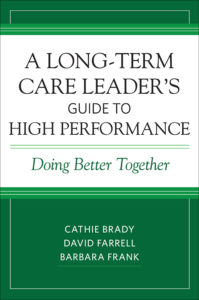 A Long-Term Care Leader’s Guide to High Performance
A Long-Term Care Leader’s Guide to High Performance
Doing Better Together
By Cathie Brady, M.S., David Farrell, M.S.W., LNHA, and Barbara Frank, M.P.A.
Copyright © 2019 by Health Professions Press, Inc. All rights reserved.
Implement leadership practices and systems for continuous quality improvement in your long-term care organization with this practical guide. The processes outlined in this book are proven best practices that have been implemented in nursing homes across the country with successful, evidence-based results.


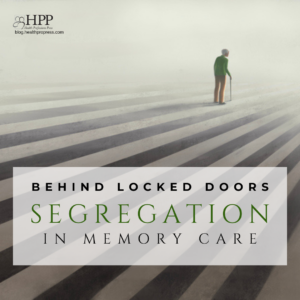
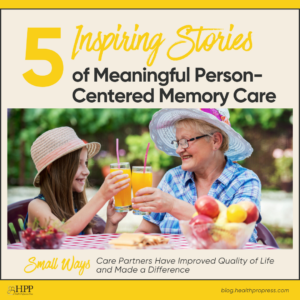
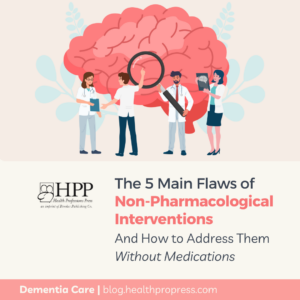
Add comment